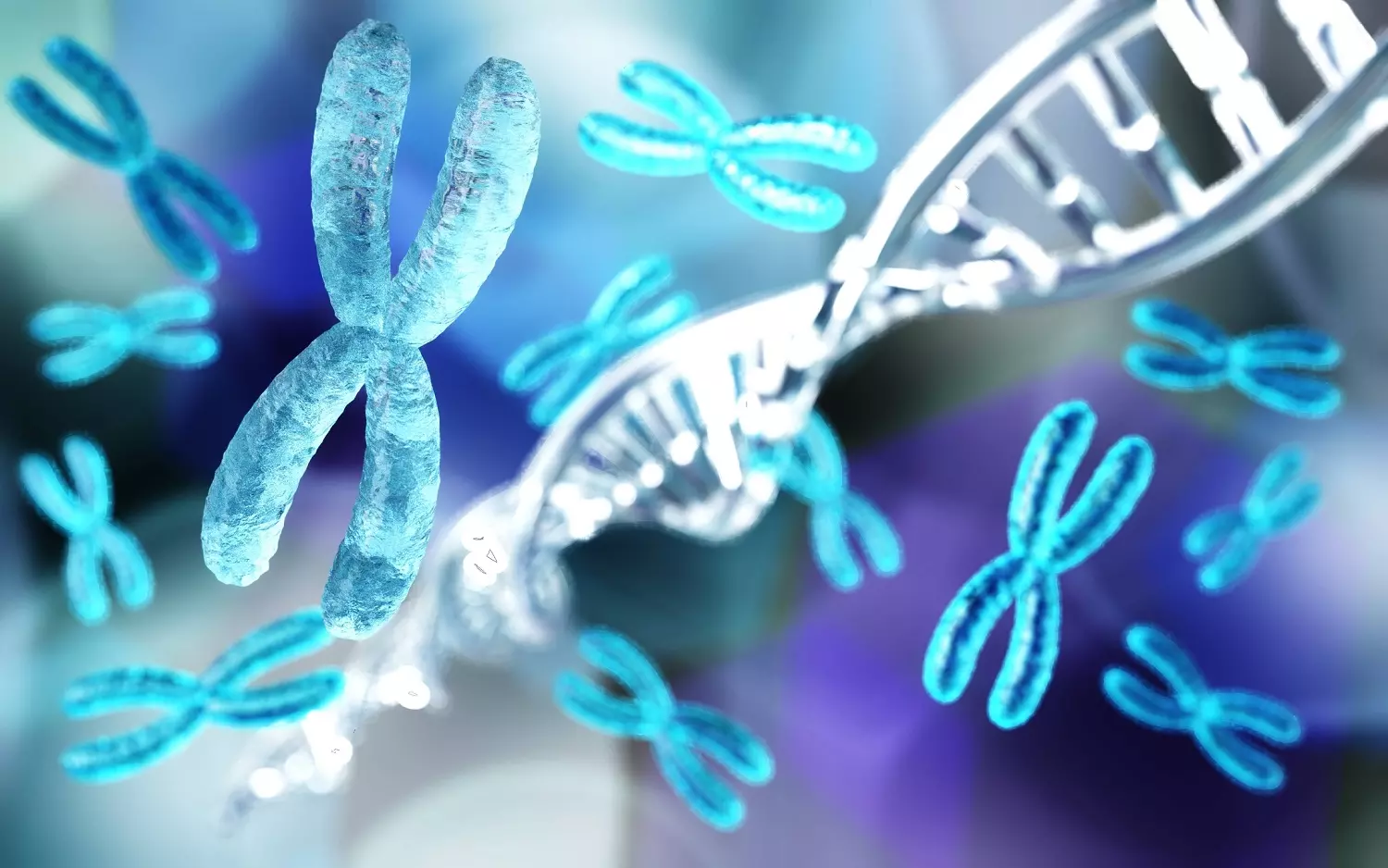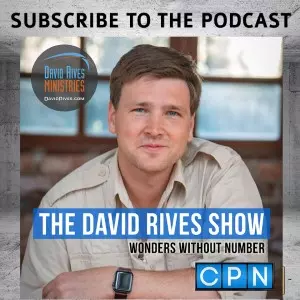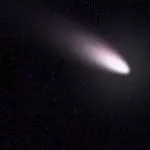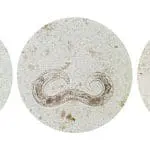[Originally published in 2013 as Chromosome Fusion? It’s Getting Harder and Harder to Believe.]
People have 23 pairs of chromosomes, for a total of 46 chromosomes. Most apes have 24 pairs of chromosomes, for a total of 48 chromosomes. One popular genetic evidence for the idea that humans and apes have a common ancestor is that human chromosome 2 looks like two chimpanzee chromosomes that have been stitched together.
As the evolutionary story goes, the common ancestor between apes and humans had 24 pairs of chromosomes, and it initially passed them to those animals that began evolving into apes and humans. The apes kept that number of chromosomes, but after the human lineage split off from the chimpanzee lineage, something caused two of the chromosomes to fuse, leading to only 23 pairs of chromosomes in humans. As Dr. Francis Collins puts it:1
The fusion that occurred as we evolved from the apes has left its DNA imprint here. It is very difficult to understand this observation without postulating a common ancestor.
This idea has been around for a long time, but I never put much stock in it.
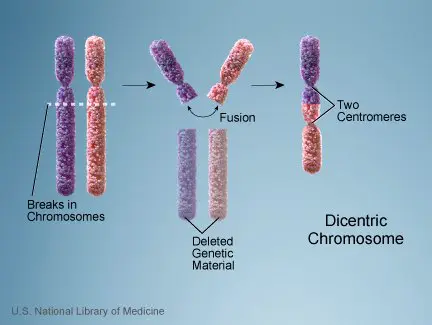
Why? Because even if human chromosome 2 were the result of two independent chromosomes being fused together (an example of which is shown in the illustration above), I don’t see why this can only be understood in the context of evolution. After all, we know that chromosome fusion events happen in human beings today.2
Thus, even if human chromosome 2 were the result of a fusion of two chromosomes, it could have happened early in the history of human beings. It need not have happened to some hypothetical evolutionary ancestor. Any event that restricted the human population to those who arose from the people who originally experienced the chromosomal fusion would then fix that chromosome in the population. A worldwide Flood in which a single family was saved would be one example of such an event.
Regardless of whether or not human chromosome 2 is evidence of common ancestry, it’s getting hard to understand how it could even be the result of two chromosomes fusing.
Dr. Jeffrey P. Tomkins, a former director of the Clemson University Genomics Institute, recently published a paper in which he analyzed the genetic content of the site at which this fusion was supposed to have taken place. He found something really interesting, but to understand why it is interesting, you need to understand something about the structure of genes. In the DNA of eukaryotes (all organisms whose cells have a nucleus), genes are composed of two regions: exons and introns. When the information in a gene is copied so the cell can use it to make a protein, both the introns and the exons are copied. Before the copy is used to make the protein, however, the introns are removed, as shown in this figure:

Why is a gene constructed this way? Because each exon is a module of information, and the modules can be put together in many different ways. As a result, many different proteins can be made from a single gene. This process is called alternative splicing, and it vastly increases the amount of information that DNA can store.
Indeed, there is a specific human gene that can be used to make 576 different proteins thanks to the way its introns and exons are arranged.3 In the fruit fly, there is a specific gene that can be used to make 38,016 different proteins!4 This is just one of the many features of DNA that show it is the result of incredible design.
So here’s where Dr. Tomkins’s research gets interesting: He finds that the place on chromosome 2 where the two chromosomes are supposed to have fused is right in the intron of a gene!5 The gene is charmingly named DDX11L2, and it is known to be used in several different cells, including those performing tasks related to the nervous system, muscle system, immune system, and reproductive system.
It’s really hard to understand how two chromosomes could fuse at the intron of a functional gene, but that’s not the end of the story.
The fusion site also contains an important sequence of DNA called a transcription factor binding site. This is a sequence to which a molecule can attach for it to regulate how often the gene is used. So not only is the fusion site right in the middle of a functional gene, but it is found in a region that helps to regulate how that gene is expressed. That makes it even more difficult to understand how a fusion event could have taken place there.
Is this conclusive evidence against the idea that our second chromosome is the result of two independent chromosomes being fused together?
Not really. After all, the spot that Dr. Tomkins studied does bear a remarkable resemblance to the kinds of sequences found when two chromosomes fuse together. Thus, if it is not the result of chromosome fusion, we need to understand why that region of the chromosome has a sequence characteristic of such things. Also, it is well known that the human chromosome 2 has two centromeres, and typical chromosomes have only one.
As the illustration of a dicentric chromosome shows, a fusion event would explain why this chromosome has two centromeres. At the same time, however, there is a known genetic process in which a chromosome can form a second centromere.6 It is certainly not a common event, but it does happen.
Dr. Tomkins’s research has made it harder to believe that human chromosome 2 is the result of a fusion event, but there still needs to be a lot more research done on the issue. Nevertheless, even if it turns out that geneticists can explain how a chromosome fusion event happened in the middle of a functional gene at one of its transcription binding sites, it still offers no evidence for common ancestry. It only shows that at some point in the past, two chromosomes fused.
There is no reason to think it was more likely to have happened in some hypothetical evolutionary ancestor than it was to have happened as a part of human history.
References
- Francis Collins, The Language of God: A Scientist Presents Evidence for Belief, Free Press 2006, p. 138
- Iain D O’Neill, “Homozygosity for constitutional chromosomal rearrangements: a systematic review with reference to origin, ascertainment and phenotype,” Journal of Human Genetics 55:559-564, 2010
- Douglas L. Black, “Splicing in the Inner Ear: a Familiar Tune, but What Are the Instruments?,” Neuron 20:165–168, 1998.
- Guilherme Neves, Jacob Zucker, Mark Daly, and Andrew Chess, “Stochastic yet biased expression of multiple Dscam splice variants by individual cells,” Nature Genetics 36(3):240-246, 2004.
- Jeffrey P. Tomkins, “Alleged Human Chromosome 2 ‘Fusion Site’ Encodes an Active DNA Binding Domain Inside a Complex and Highly Expressed Gene—Negating Fusion,” Answers Research Journal 6:367-375, 2013
- Warburton PE, “Chromosomal dynamics of human neocentromere formation,” Chromosome Research 12(6):617-26, 2004

